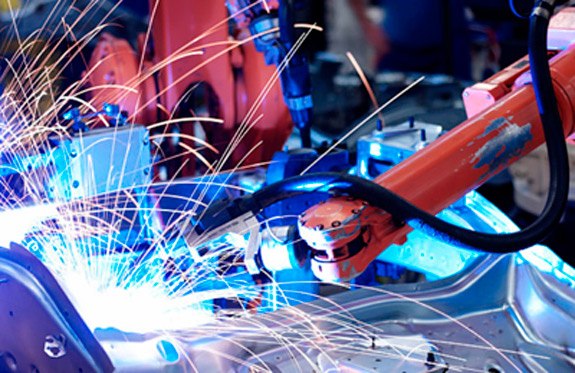The automotive electronic thermostat is a crucial component in maintaining optimal engine temperature and overall vehicle performance. Regular inspection and replacement of this component are essential for preventing engine damage and ensuring efficient operation. In this article, SDZ engine parts factory will provide detailed instructions for replacing an automotive electronic thermostat, highlighting its significance and the benefits of proper maintenance.
Recognizing the signs of a faulty car engine thermostat is crucial for timely replacement. Common symptoms include:
a) Engine Temperature Fluctuations: Irregular temperature fluctuations displayed on the engine temperature gauge may indicate a faulty thermostat.
b) Poor Heater Performance: A malfunctioning thermostat can affect the efficiency of the vehicle's heating system, resulting in inadequate heat output.
c) Engine Overheating: A failing thermostat may cause engine overheating, characterized by the temperature gauge reaching the red zone or steam rising from the engine.
A faulty car engine thermostat can disrupt the engine's cooling system, potentially causing severe consequences such as:
a) Engine Damage: Engine overheating can lead to irreversible damage, including warped cylinder heads, blown gaskets, or even a cracked engine block.
b) Reduced Performance: Excessive heat adversely affects engine performance, resulting in reduced power output and increased fuel consumption.
c) Expensive Repairs: Engine repairs due to overheating can be costly, involving car engine components such as the radiator, water pump, and cylinder heads.
While there is no fixed replacement interval for a automotive electronic thermostat, it is generally recommended to replace it every 50,000 to 100,000 miles (80,000 to 160,000 kilometers) or as per the manufacturer's guidelines. Regular inspection of the thermostat during routine maintenance can help identify signs of wear or malfunction.
To replace a car engine thermostat, you will need the following tools:
a) Socket Set: A set of sockets and a ratchet handle will be required to remove the thermostat housing.
b) Screwdriver: Depending on the specific thermostat housing design, a flathead or Phillips screwdriver may be needed to remove fasteners.
c) Coolant Drain Pan: This will be used to catch any coolant that may spill during the replacement process.
d) Gasket or Sealant: Depending on the thermostat and housing design, a new gasket or sealant may be required to ensure a proper seal.
To maintain the longevity of the car engine thermostat, consider the following preventive measures:
a) Regular Maintenance: Follow the manufacturer's recommended maintenance schedule, including coolant flushes and system inspections.
b) Use Proper Coolant: Ensure the use of the correct coolant type and maintain the coolant at the recommended level.
c) Monitor Cooling System Components: Regularly inspect car engine cooling system parts, such as hoses and the radiator, for leaks or signs of wear.
d) Avoid Overheating Conditions: Avoid operating the vehicle under conditions that may lead to overheating, such as prolonged idling or towing heavy loads.
Replacing a faulty automotive electronic thermostat can potentially enhance fuel efficiency and engine performance in the following ways:
a) Efficient Fuel Combustion: A properly functioning thermostat helps maintain optimal engine temperature, ensuring efficient fuel combustion and reducing fuel consumption.
b) Engine Performance Optimization: An accurate thermostat enables the engine to operate within the ideal temperature range, optimizing performance and reducing wear and tear on engine components.
c) Enhanced Emission Control: Optimal engine temperature, achieved through a new thermostat, contributes to reduced emissions, promoting a cleaner and greener environment.
Regular inspection and replacement of the automotive electronic thermostat are vital for ensuring proper engine temperature regulation and overall vehicle performance. By recognizing the symptoms of a faulty thermostat, understanding the potential consequences of engine overheating, following recommended replacement intervals, using the necessary tools for replacement, adopting preventive measures, and considering the benefits of a new thermostat on fuel efficiency and engine performance, vehicle owners can ensure the smooth operation of their vehicles. By prioritizing thermostat maintenance, drivers can enjoy improved fuel efficiency, enhanced engine performance, and increased longevity of the cooling system.
